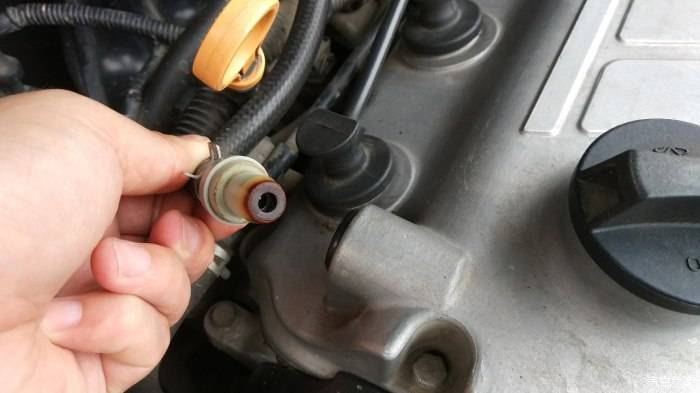What Is a PCV Valve? What Is the Function?
PCV = Pressure Control Valve Pressure regulating valve, also known as pressure relief valve

1. Installation location and function:
The PCV valve is generally installed on the steam pipe at the outlet of the boiler superheater header, and its function is the same as the air exhaust (it is usually installed in front of the air exhaust valve at the superheater outlet, because its action pressure is higher than the air exhaust action pressure Low) . The main reason is that when the main steam pressure is high, it will automatically turn on according to the pressure you set, but it has a direct effect; the superheated steam is directly discharged to the atmosphere without reducing the temperature, and the method is simple. to
The main function is to reduce the number of actions of the safety valve. When the pressure is high, the PCV valve opens first to relieve the pressure. The set pressure is slightly lower than the safety valve. If the pressure is not relieved in time, the safety valve is in action. If the pressure drops, the safety valve will not act. . The full opening process of the PCV valve only takes a few tenths of a second, and the action is fast, which can ensure that the boiler safety door does not move, especially for a series of complex controls such as rapid opening of the turbine bypass, reduction of combustion intensity, and maintenance of drum water level. Buffer time. Although the PCV valve loses part of the working fluid during its operation (which is a shortcoming of this method), the superheated steam emission loss during the equivalent opening time of the PCV valve is much lower than the cost of restarting the furnace. In addition to operating according to the set pressure, the PCV valve can also be remotely operated by the operator to open or return the valve manually. The operation flexibility is much better.
2. Structure and working principle:
(PCV valve) consists of a driving part, a pilot valve and a main valve. to
The driving part is an electromagnet composed of coils, etc. When the steam pressure reaches the set value or the operator gives instructions, the power is turned on. The upper or lower end of the electromagnet attracts the lever, making the active end of the lever downward (open) or upward. (Close) Under the action of the lever, the pilot valve flap moves downward against the spring resistance, the channel in the valve body is opened, and steam is introduced from the main steam pipe into the main valve. This process is an opening action, and vice versa is a closing process.
The main components of the main valve include valve disc, valve seat, spring and steam guide pipe connected to the atmosphere. The valve seat structure is similar to a cylinder, and the valve disc structure is similar to a piston. The upper end of the valve disc has a large area and is connected with the incoming steam pipe of the pilot valve; the lower end of the valve disc has a small area and is connected with the main steam pipe. Normally, the valve disc is in the upper position under the pressure of the main steam and the action of the spring. The valve disc isolates the main steam pipe from the steam guide pipe connected to the atmosphere, and the relief valve is in a closed state. When the incoming steam from the pilot valve enters the chamber above the valve disc, although the incoming steam pressure is lower than the steam pressure in the main steam pipe, the area above the valve disc is large and the force is large, so the valve disc overcomes the spring resistance and the force of the main steam pipe. The steam pressure moves downward. At this time, the main steam pipe is connected to the steam guide pipe connected to the atmosphere, and the steam in the main steam pipe is discharged to the atmosphere. If the steam from the pilot valve is interrupted, the steam pressure in the chamber above the valve disc decreases, the valve disc moves upward under the pressure of the main steam and the spring force, and the main steam pipe is isolated from the steam guide pipe connected to the atmosphere, and the relief valve closure.




